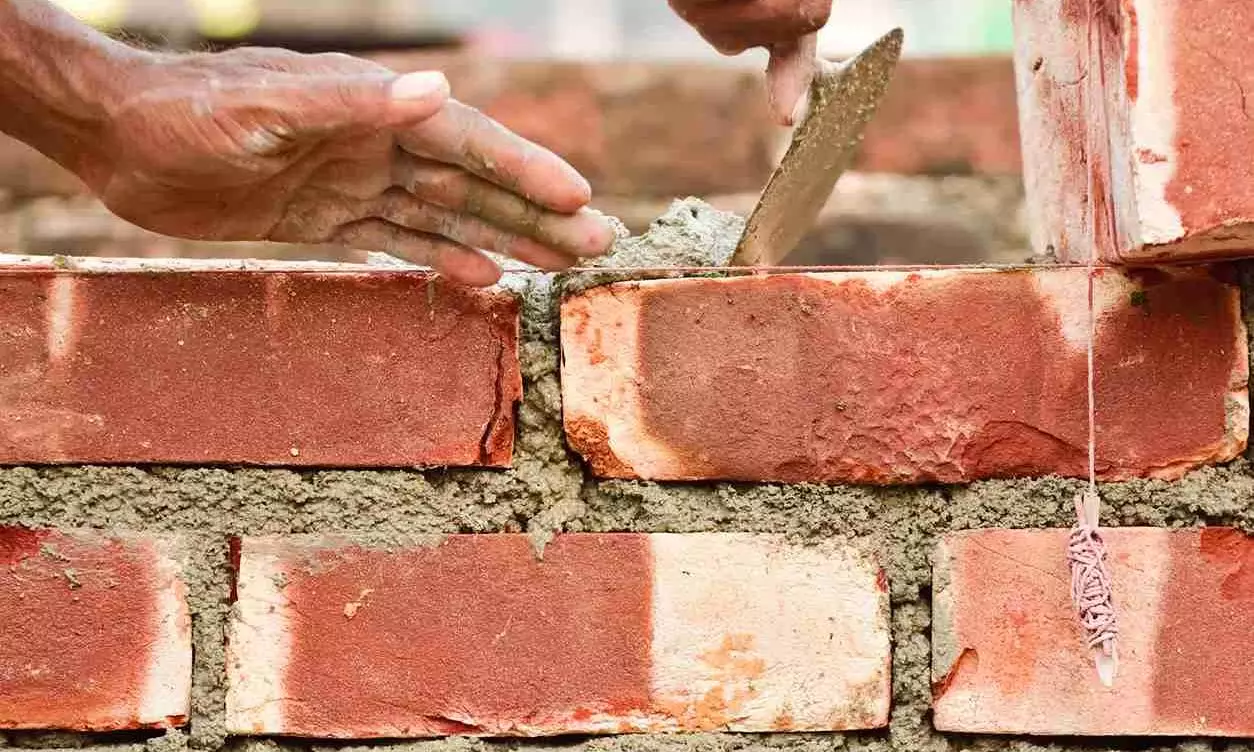
Why the mere drop in GST on cement may not bring relief to homebuyers
Developers hail tax cut on cement but point out that GST on real estate remains at 18 pc and denial of input tax credit continues to inflate costs for consumers

The Goods and Services Tax (GST) Council’s recent decision to rationalise tax slabs and cut levies on key construction materials like cement has set the stage for potential cost savings in India’s housing and infrastructure sectors. But while the cement industry has welcomed the move as long-awaited relief, voices from the real estate sector suggest that the reforms fall short of addressing the larger concerns of homebuyers and developers.
The GST Council announced a shift to a two-rate structure of 5 per cent and 18 per cent, effective from September 22, billing it as a “Diwali bonanza” for consumers. Among the most significant changes was the reduction of GST on cement from 28 per cent to 18 per cent, ending years of demand from the construction sector. Finance Minister Nirmala Sitharaman said, “Because cement is so essential for the middle class when building homes, that is why the 28 per cent has been reduced to 18 per cent.”
Also read: GST reform shows how indirect taxes can be made even more indirect
On the one hand, the reduced GST on cement and stone products would provide a cost benefit and boost the sentiment in the infrastructure and building materials space, but on the other, the absence of restoration of input tax credit has disappointed the real estate segment.
Experts say the decision is expected to lower cement prices by nearly Rs 30 per bag, which could translate into meaningful savings for developers working on large-scale housing projects and infrastructure works. “GST 2.0 reforms will help reduce project costs at a time when demand in premium housing segments is expanding. This impact could be felt in a few months,” said A Saranya, professor of economics.
Much-needed relief, but reforms incomplete
Welcoming the government’s decision to cut GST on cement, Shekhar Patel, President of CREDAI National, said, “The reduction in GST on cement and other key building materials is a much-needed relief for the real estate sector. It will support developers in managing costs better and can provide a cushion against price escalation for homebuyers. Overall, these changes will help achieve a 5 per cent saving in construction costs, which will be passed on to homebuyers in due course.”
While the cement industry has reasons to cheer, real estate developers argue that the reforms are incomplete. R Kumar, founder of Navin’s Real Estate, voiced disappointment over what he termed a “missed opportunity”.
Also read: GST 2.0 in bullet points: All you need to know about new tax reforms
“From the perspective of the real estate industry, the GST reforms are a big disappointment. None of our long-standing requests have been addressed. While the rate on cement has been marginally reduced, the GST on real estate remains at 18 per cent, one of the highest tax slabs. Housing is not just another commodity; it is as essential as roti (food) and kapda (clothing). For the middle class, a home is the biggest form of savings, more valuable than gold or bank deposits, and a source of dignity. Yet, housing has not been accorded infrastructure status, nor have tax benefits for homebuyers kept pace with inflation or policy changes since 2014,” Kumar told The Federal.
He further stressed that the denial of input tax credit continues to penalise honest developers and inflate costs for consumers. “It undermines the very spirit of GST, which was designed to eliminate cascading taxes and promote transparency. At the very least, the government could have reduced GST to 12 per cent or revived the input credit mechanism as an option. Instead, real estate has once again been left out, while sectors like automobiles have seen concessions,” he added.

